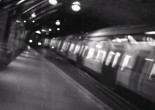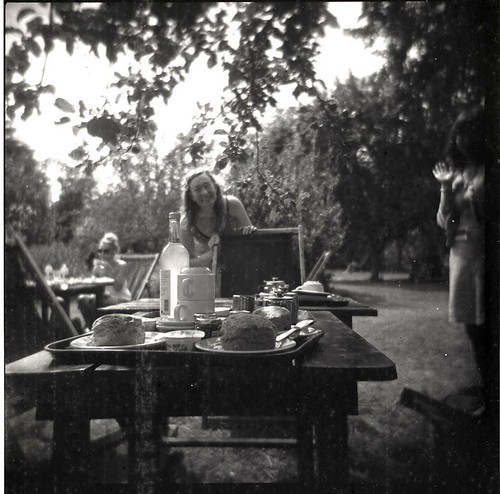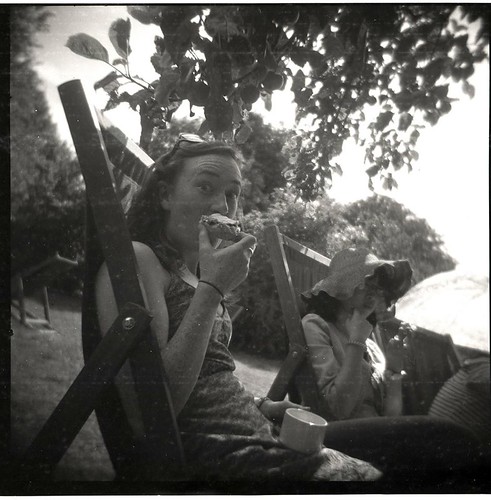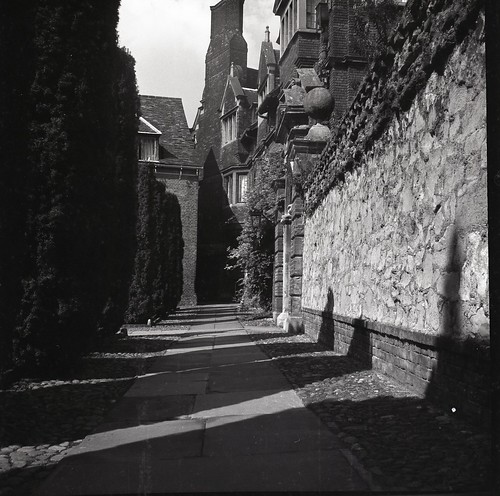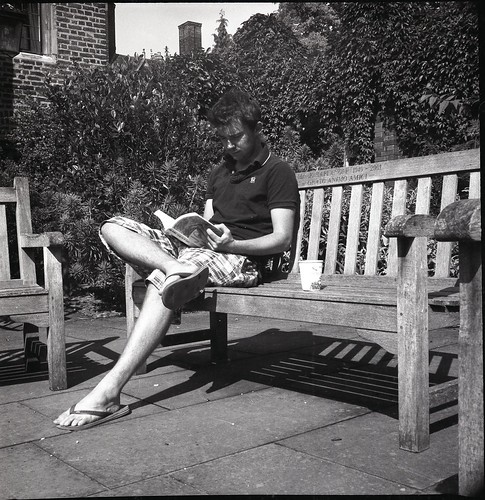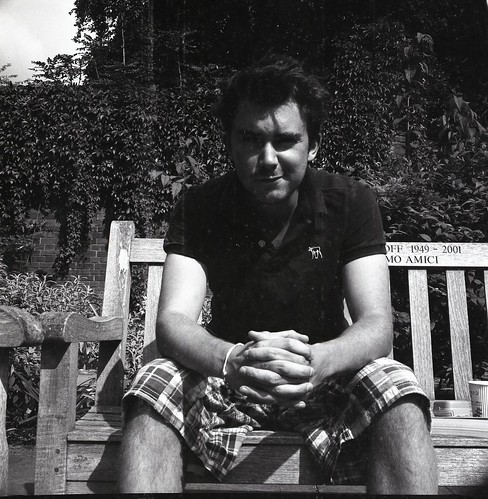Well it seems to me that I’ve not really written anything particularly in-depth about photography in a while, and this needed to change. I guess I had been ranting at people (in-person) about various little intricacies of old film, TLRs, and other interesting camera things that frankly they didn’t want to hear, and this would be far better suited to appear on here. So here goes.
I had a 120 film epiphany this week. You know the medium format film with no sprocket holes and the annoying backing paper that some people hate and others love? Yep, that kind of film. I guess you either a) don’t know what the hell I’m talking about, b) assumed that kind of film was long gone, or c) totally agree with what I’m about to say.
It’s expensive film, it’s cumbersome, and it’s even more expensive to purchase a decent camera that actually can shoot this sort of film well. But boy are the results worth it. Those negatives! Those big big negatives! So contrasty, so huge in comparison to the paltry little 35mm things. Let me explain.
I was raised mainly on digital. Obviously like any good kid born in the late 80s I had a pretty good idea what film was. I even had a film camera at some point, but digital (and 1.3 Megapixels at that) was when I really started getting into it. Fast forward a couple years and I have some fairly good digital camera equipment, my 5D3 takes some crazy good pictures, but I still play around with film now and then. Just for fun, just to try it out, and just so I can get that feeling of surprise when I look at the developed film, and all those great memories from the past roll come gushing back.
So I get this box one day when my Dad had been cleaning out his room. It’s got a lot of old films in it. The vast majority expired in the 1970s in fact – 1977 in particular. And a great deal of it (I’m talking 20 rolls here) is of course Kodachrome, which, guess what, they stopped developing a couple years ago. Damn. If only this box had been uncovered in the noughties. So forgetting about the Kodachrome for a while, I focussed my attention on some of those 120 roll films in there, some Tri-X, some FP4, some old Agfachrome and heck, even some Velvia 50. I wish I had a camera around to shoot them at the time. The long since sold Pentax 6×7 was the beast that used to shoot this kinda stuff – and how I wish I had that around to test it out now.
So once again, time passed a little and I forgot about all those great films that were just sitting there all unused and unhappy, and I figured I should probably go out of my way a little to get a camera and shoot them. I had a Holga around that would happily take 120, though I had been using some sponges and a bunch of black tape to shoot 35mm in it for the recent couple months. I’m more of the control freaky type when it comes to exposing pictures (film being somewhat of an expensive luxury this day and age), so while I did put a couple rolls though it, I never felt completely in control. Suffice to say though, with a little light, and a little time in the darkroom, I did manage to get some reasonable shots with FP4 – see above and below.
But I wanted more control. Preferably without the cost of a Hasselblad, Mamiya, or even a Pentax 67. Yes, they’re obviously good and literally worth their weight in gold (especially the Mamiya), but I just wanted to use up a few rolls of film and test the water so to speak. So I happened upon a cheap little Russian made TLR, the Lomo Lubitel. It’s kind of old, though they’re now being a little revived with Lomography, pretty much made of bakelite, and has a wonderful glass (I think) 3-element lens. Focussing is tough, the build quality is pretty shitty, but it does have a waist level viewfinder, and that is sorta fun. I managed to pick one up fairly cheap from ebay, so I figured it would work to get to know this 120 film.
And it did. Yes there were a fair few dud shots where, well, the focussing didn’t really go as it was supposed to, and there was that roll of ISO 400 Tri-X, that had kinda slowed down after all those years, so wasn’t quite 400 speed film any more, and kinda produced a pretty black roll. I will investigate that later though. But with FP4 that had actually held its ISO 125 speed over the years, I got some of these great shots (see above and the two below). It seemed to work best in pretty bright almost direct sunlight, shooting with a pretty high f-stop, just to minimise that parfocal distance (essentially to take focussing out of the equation). But when it worked, it worked wonders. These negatives looked great out of the camera, and when scanned, I was even more pleasantly impressed.
The resolution is really quite staggering. This seemingly shitty Russian made lens is resolving the detail pretty well (albeit in fairly ideal high f-stop situations) and the 35 year old film is holding up super well and producing some really nice contrast and gradation. Sure, you can pick up the noise, but this was miles beyond what I was expecting. I suppose the next step now would be to take some more photos. Maybe even rate that Tri-X super slow and get some results, and maybe, just maybe, think about how great the results could be with a better medium format camera, and new medium format film. Watch this space for more. Coming soon.
FYI, the photos shown are all Ilford FP4 (ISO 125) in 120 format (expired in 1977 or so) shot in 6×6 on a Holga 120N (first 2) and a Lomo Lubitel 166U (last three). Developed in 1:100 Rodinol for 20 minutes with medium agitation (3 inversions + taps every 2 minutes). Scanned at 6400dpi on an Epson V500.
